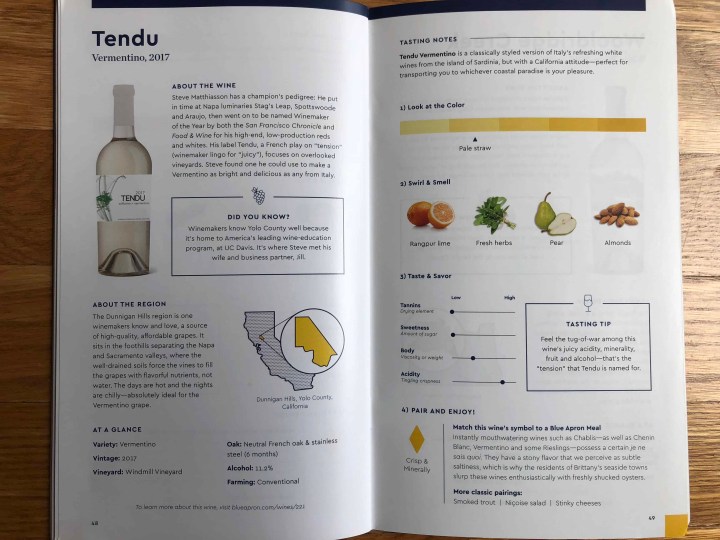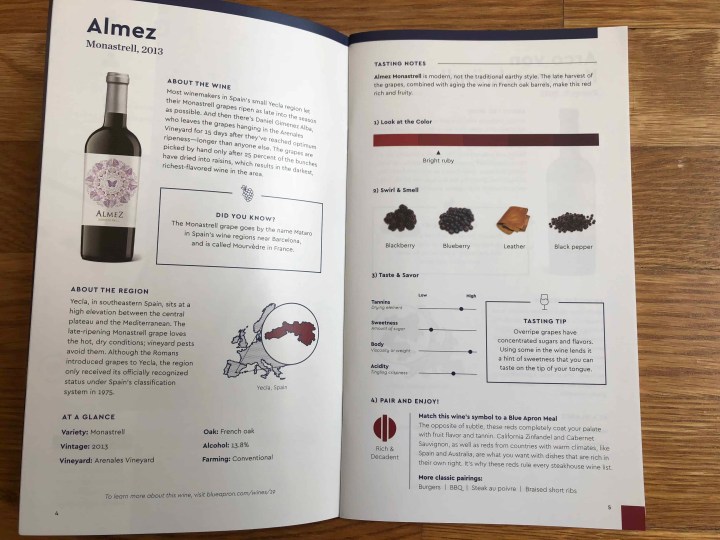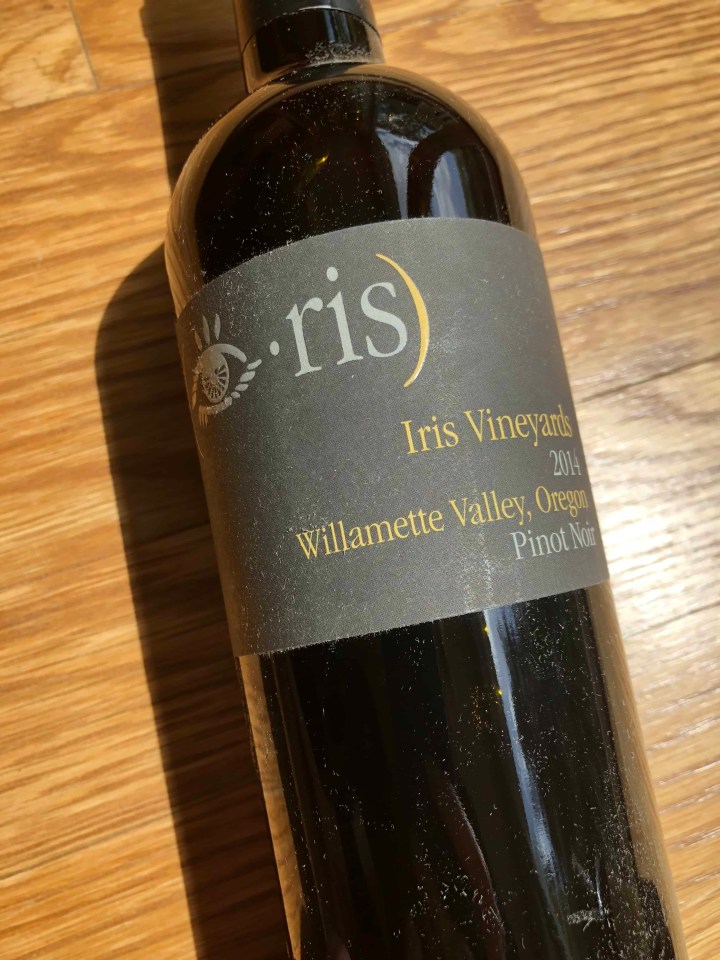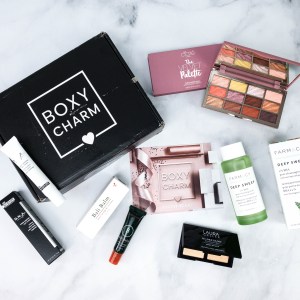
Blue Apron Wine is a subscription for people who love trying new wines as much as they love great food. You may be familiar with the Blue Apron Meal Delivery Kit subscription, which sends boxes of fresh ingredients to make exciting meals at home. The wine subscription is separate from the meal subscription, but it’s designed to complement it.
Here’s how it works: every month, for about $11 per bottle ($65.99/month, including shipping and tax), Blue Apron sends you 6 bottles of wine, plus tasting notes and pairing recommendations. The wines are selected to pair perfectly with the meals in the Blue Apron kits. The bottles are 500 ml, or 2/3 the size of a standard bottle, which, in addition to being adorable, means that you and your dining partner can enjoy your entire bottle with your meal without regretting that additional glass needed to finish a standard-sized bottle.
Blue Apron pairs with wineries around the world to bring a wide range of new and interesting wines to you each month. I love wine, and I love food, and I love everything about the idea of this subscription.

The new packaging is great and keeps everything snug and secure. Keep in mind that someone 21+ will need to sign for it. Everything is in great shape when it arrives, and the packaging remains, happily, recyclable cardboard.
Blue Apron Wine allows you to select your wines–you can go all white, red, or mix it up. I do wish there were sparkling wine options occasionally. I took the easy route and went with what Blue Apron suggested for me this month, bu it’s incredibly easy to switch out your bottles.
DEAL: You can try out your first box of Blue Apron dinners for $30 off with this link.

If you’re wondering what a 2/3-sized bottle looks like, here is one of the bottles with a standard-sized bottle next to it. You’ll get about 3 1/2 standard glasses in a bottle, or a generous pour plus a top-off each if you’re with a partner.

Each box comes with a great collection of tasting notes. Blue Apron tells you a little bit about the winery and how the bottle was made, plus the region at large. Because, come on, you didn’t REALLY know where the Central Coast was, did you? The info details the color, body, and structure of the wine, and also gives some thoughtful food pairings for each bottle. The info is terrific – wine is not scary, and tasting it should be fun and informative. Data is your friend.

It’s April! Spring can be kind of rough around here, between the tornadoes and the pollen, but we are persevering with the help of some delicious Blue Apron wine. As we often do, we had these over a few days with our meals.

Our first wine was the 2016 Matthiasson White Wine from Napa Valley, California.

You guys, this is a legit quality bottle of wine. Sometimes these “exclusive collaboration” bottlings with some wine clubs are just leftover plonk, but this is a mini bottle of an actual label by an actual vintner. (A full-size version of the 2015 bottling will cost you over $30 retail). The 2016 bottling hasn’t been released yet, so I don’t know if this is a preview or a special labeling, but I was super excited to try this. Like prior vintages of this bottle, the 2016 blend is 50% Sauvignon Blanc, about 23% each of Semillion and Ribolla Gialta, and a splash of Tocai Friulano for minerality. Matthiasson says of this bottling that its purpose is to distill the “essence” of white wine, and I can’t say that I disagree. It is a pale straw color in the glass, with a light body, and a strong nose of citrus and mineral. The flavor is initially of fruit–citrus with an undercurrent of sweetness, and then the sweetness drops out completely to a long and dry finish of stone/ozone. Everything about this is perfectly balanced. We had it with pan-seared salmon, and the acidity of the wine beautifully cut the richness of the fish. It would also be great with any other fish or light meat, or even at a luncheon. This is just about perfect. Thumbs way up.

Our second white is the 2017 (!) Tendu Vermentino, from the Dunnigan Hills area of California.

I admit that I accepted this wine because of its name, but it’s a surprise bonus bottle from our pal Steve Matthiasson, who made the delicious first wine in our box. The Tendu line is supposed to be an easier, more approachable, “weekend” wine that highlights the fruit and bright flavors of Vermentino. It’s normally sold in a 1 liter bottle with a crimped beer-style top, but they made it fancy for the Blue Apron presentation with a cork. As with the white blend above, the 2017 vintage of Tendu hasn’t been released to the public yet, so I don’t know if this is a preview or a special bottling. Vermentino is a fun, light varietal, a bit like a cross between Vinho Verde and Sauvignon Blanc. It’s low in ABV, and usually easy to drink. The Tendu is a light straw color with a heavier body than the Matthiasson white blend, but less fruit on the nose. The flavor is light and crisp, with a lot of herby citrus and a short finish. If I think about almonds while I drink it, I might be able to taste them, but I’m not sure. This is an easy, breezy, lovely wine that will go great with light pasta (pesto!), apps, or salad. It would be a terrific picnic wine. I’d serve this one fairly cold but not icy. Another good white from this box!

Our last white is the 2015 Ancient Lakes Cellars Gewurztraminier. I haven’t had a Gewurz in a really long time, but it was one of the first “grown up” whites that I actually learned something about in a wine class. It is very aromatic and fruity, which can read “sweet,” but isn’t. Most Gewurz comes from Germany/Alsace (natch), but this one comes from Washington State.

This wine is light straw in the glass with a typical big rosy (lychee) nose. The Ancient Lakes has a slightly lighter body than I think of as typical for Gewurz, and the flavor is very fruity but balanced by a surprising amount of acid. You definitely taste that peachy/apricot fruit, but it drops out to a pretty clean finish. The flavors get fruitier as the wine warms up the glass. This tastes sophisticated to me. We had it with Greek chicken pitas, which was good, but it would also be good with a curry or even stir fry. I’d serve this medium cold, rather like the Tendu. I’d buy a bottle of this one. Thumbs up.

On to the reds. First up is an out of the box choice for me, the 2013 Almez Monastrell. I’m here for you, Dear Reader.

Monastrell is the Spanish name for Mourvedre, which is typically used as a blending wine in Cote du Rhone wines and other red blends. It adds deep, rich flavors to the wines. I’m not sure I’ve had it on its own. The wine is red-violet in the glass and has a strong nose of dark berry. It has a very heavy body, really coating the glass. The first flavors are strongly berry, almost a hair sweet, but then it’s walloped by a hit of tannins to the back that strips away any sweetness you thought was there. The tannins are pretty well-balanced by some acid to the back, so there’s a clean, spicy finish. This is a “library” wine, like the ghost of Agatha Christie is going to appear with a sherry in her hand to tell you a story. We had it with turkey burgers (healthy eating, blech), which didn’t quite line up. I’d have this with a nice medium rare steak or short ribs. Serve this one very room temp. It’ll add some leathery flavor as it warms up in the glass. Watch out for sediment at the bottom of the bottle.

Seriously, I needed a wine break after the Almez. We went club soda for a few days and then found our way back to the 2014 Iris Vineyards Pinot Noir from Willamette Valley, Oregon.

I’m pretty sure I’ve had this bottling before. It’s a nicely reviewed, accessibly-priced (just under $20) Pinot Noir. It’s dark purple in the glass, with a slight dark fruit nose and a fairly heavy body for a Pinot Noir. The fruity flavors really dominate this wine, with just a hint of smoky tannin at the back to take the edge off. Like a good Pinot Noir, it has medium acidity to balance the low tannins. This is an easy, crowd-pleasing Pinot Noir that you can serve to anyone and feel good about it. We had it with black beans and rice, but it would also go great with pork (of course) or a red sauce and pasta. Cool room temperature here.

I saved what I thought initially would be our best wine for last, the 2015 Chateau Pilet Bordeaux. Loyal readers will know that I have a weakness for French reds, and 2015 was a good year for Bordeaux.

The wine is a dark ruby/garnet, with a nose full of Merlot spice. This wine is mostly Merlot, with some Cabernet Sauvignon and Cabernet Franc for balance, and you can tell. The body is quite heavy, and the wine is bone dry, with a big tannic bite at the back. You definitely get some of that black olive roundness that I love in a Merlot, and it has a long, moderately tannic finish. This is not a super complicated wine, but it’s well-balanced and delicious. We should have had it with some sort of amazing braised red meat, but we had it with pork tenderloin instead, and that was pretty good. I’d serve this at cool room temperature.
What a box! All of the wines were good, and three of the six were outstanding. Super happy about my Blue Apron Wine this month.
Oh, and if you need some vacation ideas, why not visit some beautiful vineyards? Send us a postcard.

By the way, Blue Apron has an easy system for pairing its wines and its food subscriptions, somewhat like you might have seen in nicer grocery stores — the wines are categorized by type (crisp & minerally, plush & fruity, etc.) and then that symbol shows up on the food recipes. Pair any wine of the recommended type to the food, and voila — you have a great meal!

Have you tried Blue Apron Wine? To which wine region would you travel first? Tell us in the comments below!




Comments